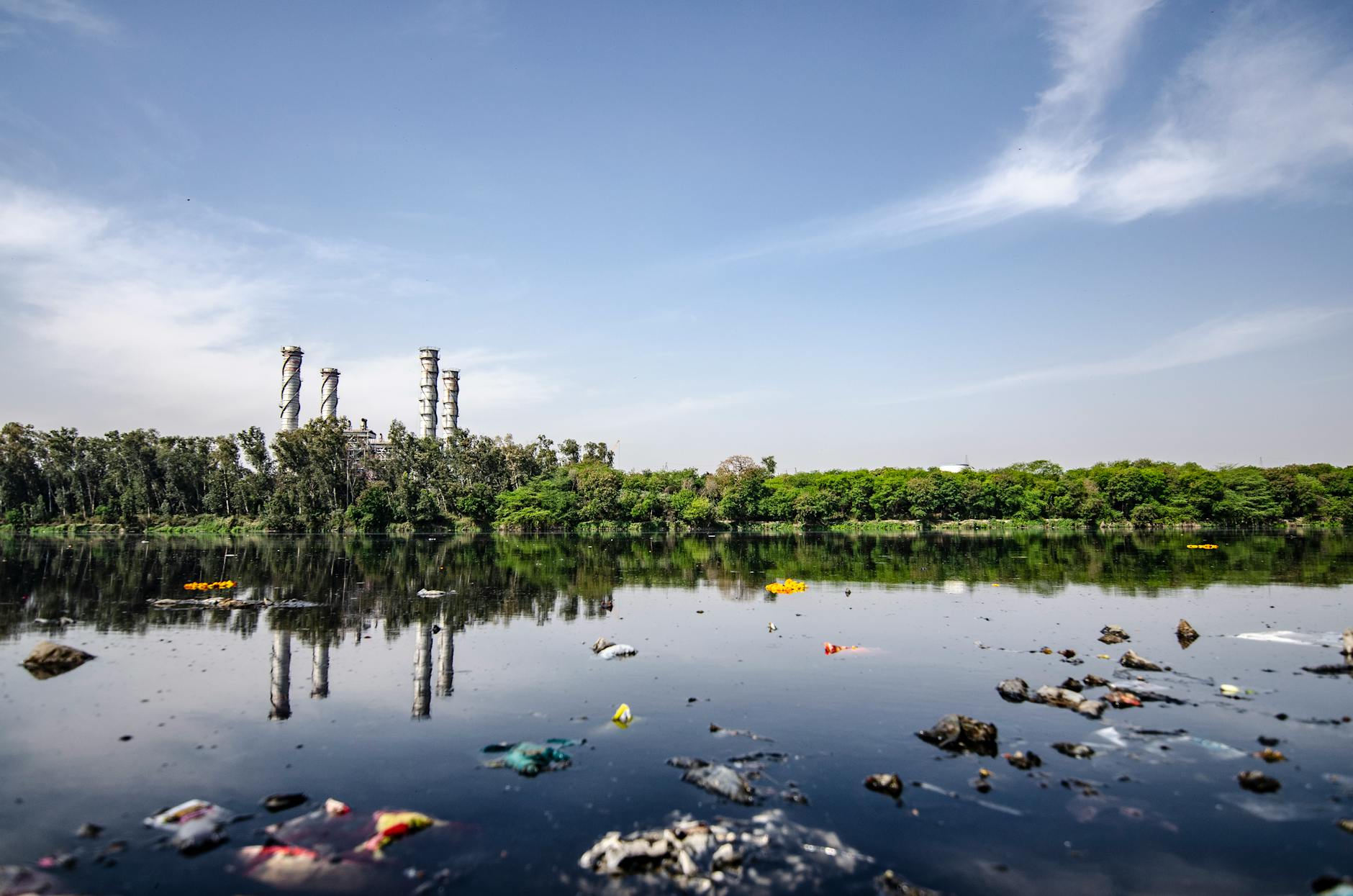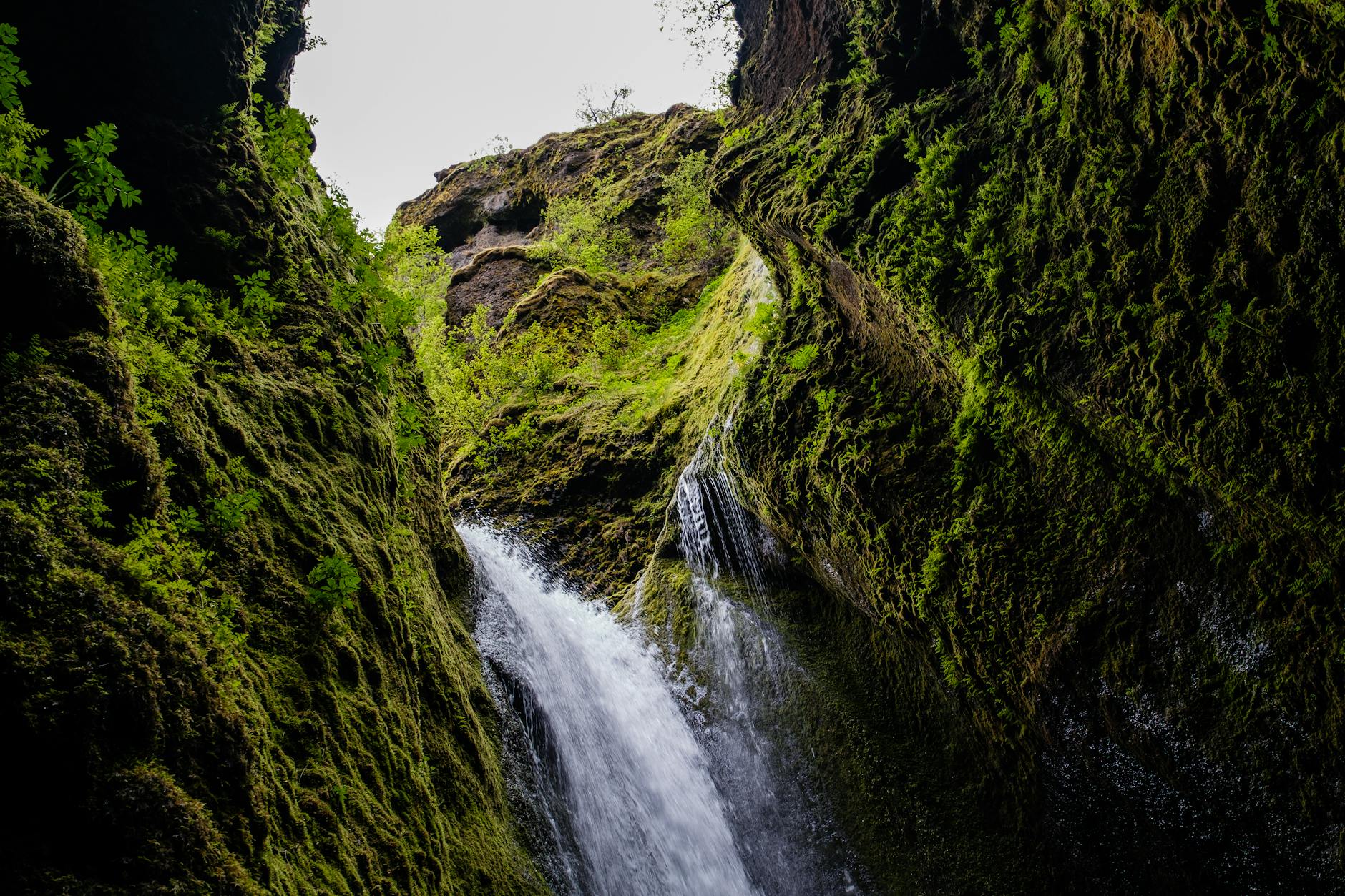Why Australia's Conservation Efforts Inspire Eco-Tourists Worldwide

Australia's Exemplary Conservation Programs
Protection of Endangered Species
Nestled in the heart of Melbourne, the Melbourne Zoo's conservation programs play a crucial role in safeguarding Australia's endangered species. Much like the lush trails of the Dandenong Ranges, these programs serve as a sanctuary for diverse wildlife, focusing on vital habitats for species such as the Leadbeater's Possum and the Helmeted Honeyeater. The protection efforts draw inspiration from international initiatives such as galapagos cruise and antarctic tours, which highlight what we can achieve globally with dedicated conservation efforts.
Restoration of Natural Habitats
The endeavour to restore Australia's natural habitats is akin to what the Royal Botanic Gardens advocates through its comprehensive strategies involving native flora and fauna. These efforts don't just benefit the local ecosystems; they also function as a blueprint for biodiversity restoration worldwide. Looking at projects in cuba travel, Australian programs focus on rehabilitating areas devastated by invasive species and human activity, utilising indigenous plant restoration techniques to reclaim ecological balance.
Community Involvement Initiatives
Community involvement is a cornerstone of Australia's conservation success, echoing the participatory spirit seen in initiatives like those surrounding the Dandenong Ranges. Programs that invite local groups to engage in habitat restoration and species monitoring promote a deeper public connection to environmental stewardship. These initiatives embody a sense of ownership among local communities, creating a lasting impact on both wildlife and human inhabitants.
By intertwining these elements, Australia's conservation programs enhance understanding and inspire global initiatives beyond just protecting the immediate environment.
Impact on Wildlife and Ecosystems
Positive Biodiversity Changes
I've noticed that conservation efforts often lead to remarkable biodiversity improvements, mirroring the success seen in some of Melbourne’s own conservation initiatives at the Melbourne Zoo. In particular, Galapagos Islands tours offer striking evidence of these changes. The Galapagos, renowned for its unique flora and fauna, demonstrates how controlled tourism combined with strict conservation measures can yield substantial benefits. On these tours, travellers can witness first-hand the thriving populations of tortoises and iguanas, testifying to the success of well-managed preservation strategies.
Success Stories of Reintroduced Species
Reintroduction initiatives have revived various species, much like the Melbourne Zoo's programs. In Cuba, conservationists have worked tirelessly to reintroduce the Cuban crocodile, once critically endangered, into protected habitats. Stories like these echo the importance of dedicated efforts, showcasing how Cuba tours allow nature enthusiasts to learn about ecosystems now flourishing with diverse species. These tours often highlight collaborative efforts between local authorities and international agencies, making for enriching experiences for eco-minded travellers.
Long-term Ecosystem Benefits
The broader ecosystem benefits in regions involved in Central American tours are compelling. Through long-term conservation actions, habitats suffer less degradation, allowing for the restoration of healthy ecological balances. This not only aids threatened species but also stabilises entire ecosystems, creating resilient and sustainable environments. As seen with the lush trails of the Dandenong Ranges, well-preserved areas offer exemplary models of how habitats can thrive with conscious efforts.
Engaging Eco-Tourist Experiences
Guided Nature Tours
When it comes to immersing oneself in the marvels of Central and South America's biodiversity, guided nature tours offer an unparalleled experience. These tours are curated to ensure that eco-conscious travellers like you can witness the stunning ecosystems without leaving a heavy footprint. Whether you're exploring the intricacies of Galapagos tours or discovering the ancient wonders on Machu Picchu tours, such guided experiences ensure sustainable travel practices are a priority. With expert naturalists leading the way, you'll gain deeper insights into the region's ecology, akin to the educational programs at Melbourne Zoo's conservation initiatives.
Eco-Friendly Accommodations
Staying true to the principles of sustainability, eco-friendly accommodations have become essential in the travel industry, offering comfort while preserving the environment. These lodgings often incorporate renewable energy sources and sustainable materials, minimising their environmental impact. Imagine residing in a lodge surrounded by the vibrant flora akin to the Royal Botanic Gardens, an ideal base for your conservation-focused adventures.
Volunteer Conservation Projects
For those yearning to contribute more hands-on efforts to conservation, participating in volunteer conservation projects can be incredibly rewarding. These initiatives allow you to be a part of important ecological efforts, such as habitat restoration or wildlife monitoring. This hands-on experience not only deepens your understanding of environmental challenges but also ignites a passion for sustaining the planet's natural beauty, echoing the dedication seen in the conservation projects throughout the Dandenong Ranges.
Engaging in these eco-tourist experiences not only enriches your travel journey but also supports broader ecological conservation efforts.
Challenges in Conservation
Climate Change Threats
The impact of climate change on conservation is one of the most pressing challenges faced by Central America today. The increasing frequency of extreme weather events disrupts ecosystems, leading to habitat loss and species decline. In this volatile environment, wildlife must adapt or migrate, often resulting in decreased biodiversity. When focusing on central america travel, it’s essential to consider how climate change affects the destinations. Our efforts at conservation echo the importance of adaptive management strategies similar to those found in the Melbourne Zoo's programs.
Managing Human-Wildlife Conflict
Another significant hurdle is managing the delicate balance between human populations and wildlife. As urban areas expand, the natural habitats of numerous species shrink, resulting in more encounters between humans and wildlife. This can lead to conflicts that endanger both parties. Conservationists working in places like the Royal Botanic Gardens strive to find innovative solutions to mitigate these tensions, which are vital lessons that can be replicated during central america tours.
Balancing Tourism and Preservation
Eco-tourism offers a promising way to promote environmental consciousness, yet it must be managed carefully to prevent degradation of natural habitats. It’s a challenge to harness tourism as a tool for preservation without putting undue stress on the ecosystem. Initiatives akin to trail management and conservation efforts in the Dandenong Ranges can serve as an inspiration for ensuring that tourism supports rather than harms Central American ecological treasures.
Leading Conservation Practices
Synergy with Indigenous Knowledge
Working hand-in-hand with Indigenous communities is paramount for successful conservation. Many protocols incorporate traditional ecological knowledge, ensuring that biodiversity is preserved while respecting ancient ways of life. In parts of the Amazon, Indigenous groups have successfully maintained harmonious living with the environment, embodying practices that could offer solutions to global challenges. By incorporating their wisdom into contemporary biodiversity projects, we bolster conservation efforts, much like initiatives seen in Australia's own Royal Botanic Gardens, which merge ecological science with ancient cultural practices.
Advances in Technology for Conservation
Innovative technology is revolutionizing our approach to protecting nature. Drones and satellite imagery help monitor vast terrains, while AI assists in identifying and cataloging species, similar to the technological applications at Melbourne Zoo's conservation programs. In regions such as the Galapagos Islands, camera traps have been pivotal in wildlife monitoring, providing essential data without invasive techniques that can disrupt fauna. Such tools are critical in shaping strategic conservation plans, empowering us to think bigger and act faster.
Elevating Awareness through Education
Educating tourists about the unique ecosystems they explore is vital. Tour programs in Guatemala, which delve into the heart of the rainforest, allow visitors to understand and contribute to the preservation of these lush environments. Engaging with passionate conservationists and local guides transforms the travel experience into an enlightening journey, akin to traversing the trails of the Dandenong Ranges. These educational initiatives ensure eco-conscious travelers leave with not just memories, but a deeper understanding and commitment to preserving our planet.


